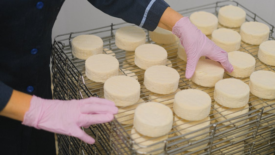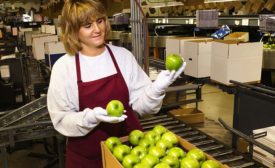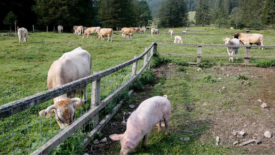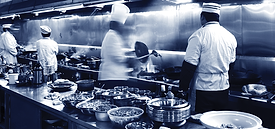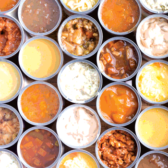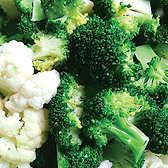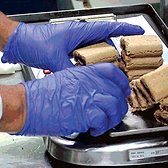Intervention Controls
The Food Safety Objective concept is compatible with the foundational precepts of process validation
Read More
Supplier Food Safety: Boots on the Ground and Going Beyond the Checklist
A higher level of risk assessment requires a closer level of supplier scrutiny
June 8, 2022
Never miss the latest news and trends driving the food safety industry
eNewsletter | Website | eMagazine
JOIN TODAY!Copyright ©2025. All Rights Reserved BNP Media.
Design, CMS, Hosting & Web Development :: ePublishing


